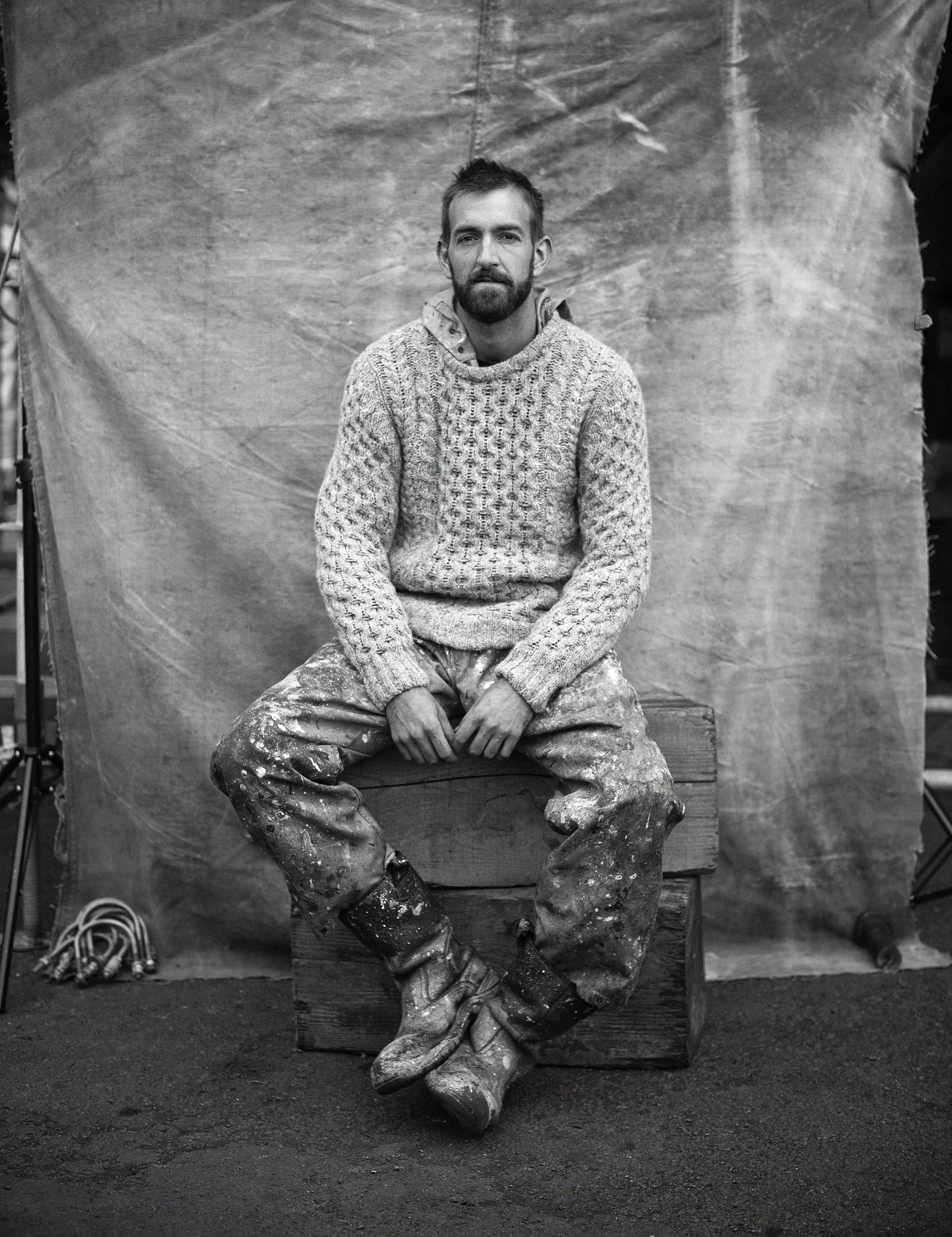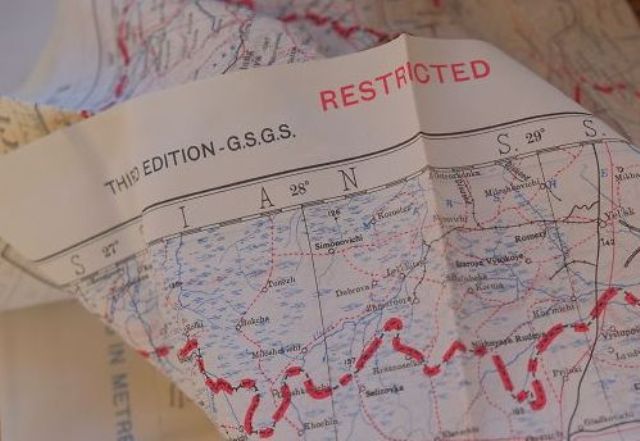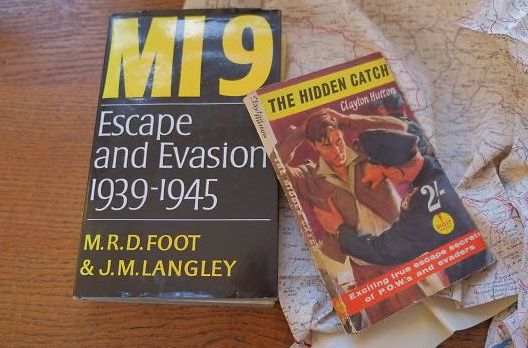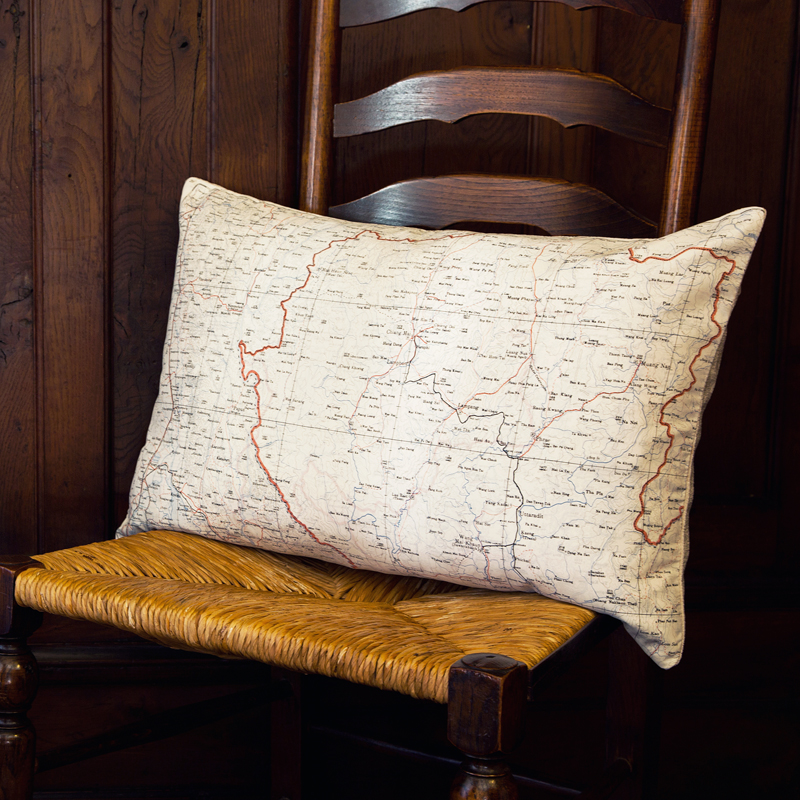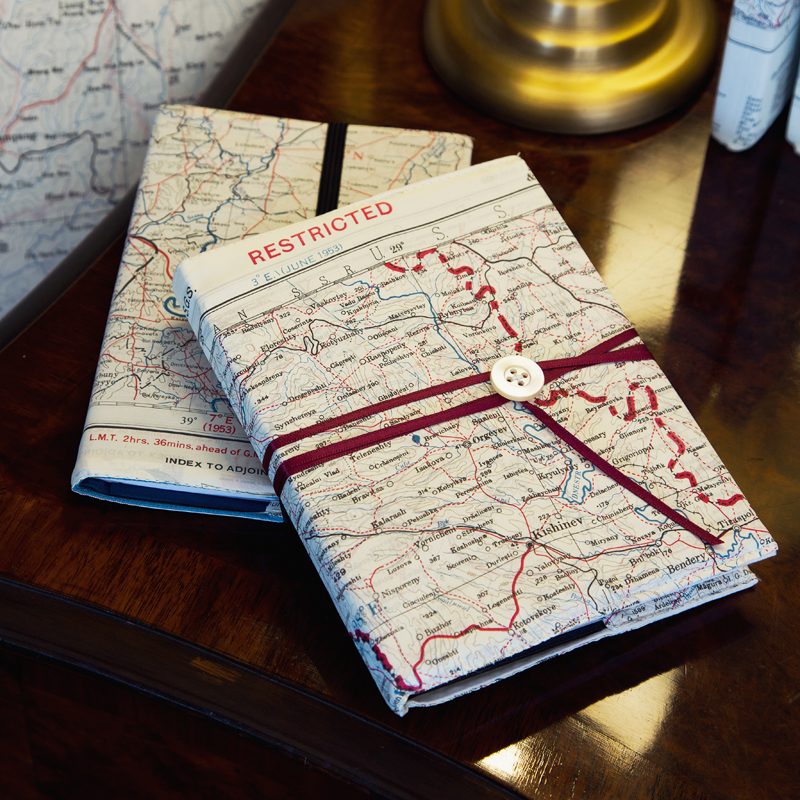Hand-whittled pencils, cycling shoes, grandma's own sauce and airweave cotton: Lancashire's got it sussed. Paul Vincent of S.E.H Kelly tells us what draws him to the land of mills time after time.
People like Accrington. This is probably because of the famous 'Accrington Stanley' advert for milk, or whatever it was, back in the 1990s. It is, in its own right, a nice place, in a nice part of the world, and I often pass near it on the way to various mills and factories in Lancashire and Yorkshire. Here's what I like about it:
Lancashire sauce
I was introduced to Entwistle's Lancashire Sauce by Mr. Entwistle. I was in his shop in Ramsbottom, and the prospect of a sauce made to the recipe of his ma – one fit for condimentation with seemingly any type of food – was too good to pass up. Excellent sauce from a very nice man.
Mamnick shoes
Mamnick is the brand of a man called Thom who, along with shirts and steel objects, makes shoes. Cycling shoes, to be precise. No cyclist, me, but I have it on good authority that, with these shoes, Thom has truly "nailed it". Old-school, in a way, but timeless things, really.
Trickett pencils
There's a chap in Accrington called Iain Trickett, who sells some wonderful things on his website. These pencils are a good example. I think they are out of stock at time of writing, but I believe they are soon coming back, which is good news, because they are terrific and tactile and hand-whittled by a man who lives in the woods.
Airweave cotton
We have used cotton from Lancashire for a few years, but only late last year did we find this stuff: airweave, which is a type of holey cotton – light and dry but hard-wearing, and a replica of military cloth from years ago. Plain and sober cloth, and just the thing for casual jackets. Watch this space.








